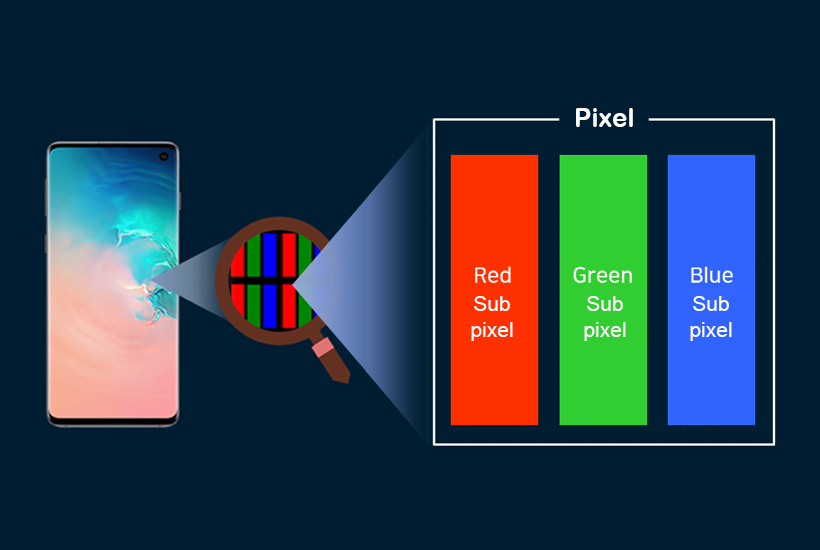
OLED displays are self-luminous displays that show images using pixels made up of organic materials that emit light themselves when electrical current is applied.

OLED displays are different from LCDs in that it does not require a backlight unit to source light. Therefore, OLEDs are superior to LCDs in many ways, such as picture quality (color gamut, contrast ratio, etc.), thinness, lightness, and lower power consumption. Also, they enable flexible displays that can be bent and curved, befitting design and form factor innovation.

In 1963, M. Pope et al. studied the electroluminescent (EL) phenomena with organic material composed of anthracene mono-crystalline. In 1986, an electroluminescent device capable of hole/electron transport, which can operate in low voltage, is developed by C. W. Tang at Kodak, paving the way for a breakthrough.
After that, as Samsung Display succeeded in the world’s first mass production of OLED displays in 2007, OLED displays are expanding into various applications, including smartphones, tablets, and automotive displays.



